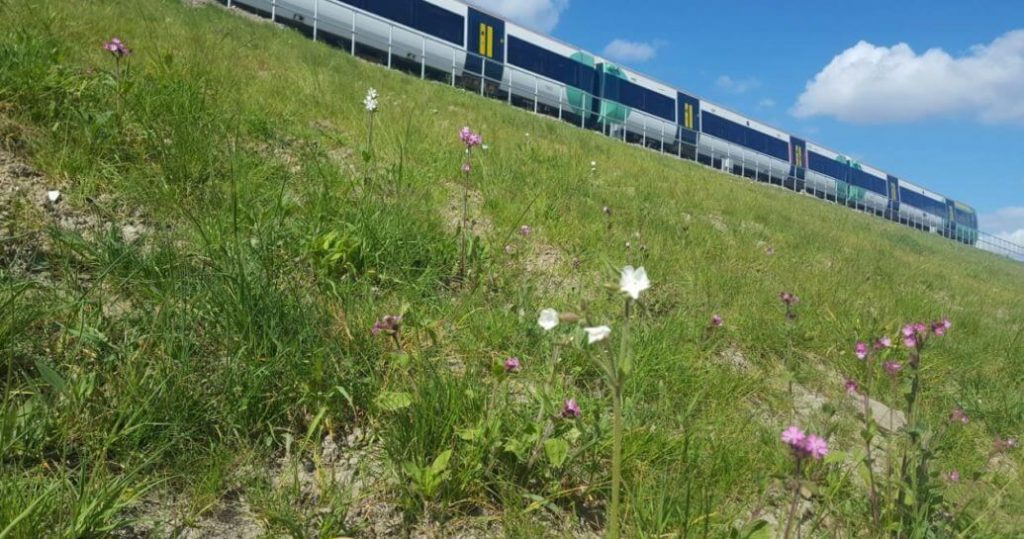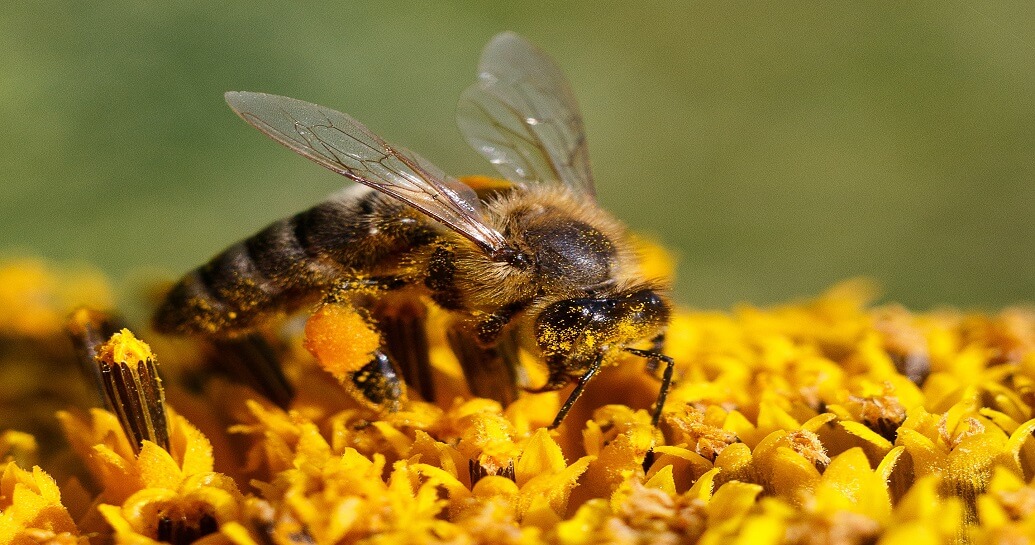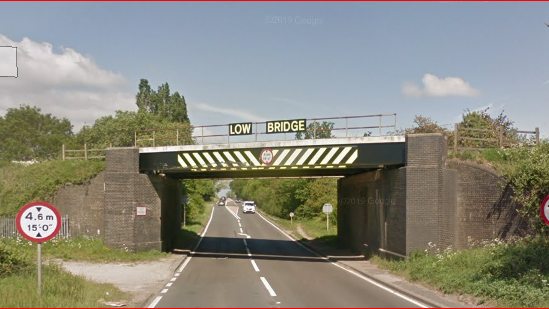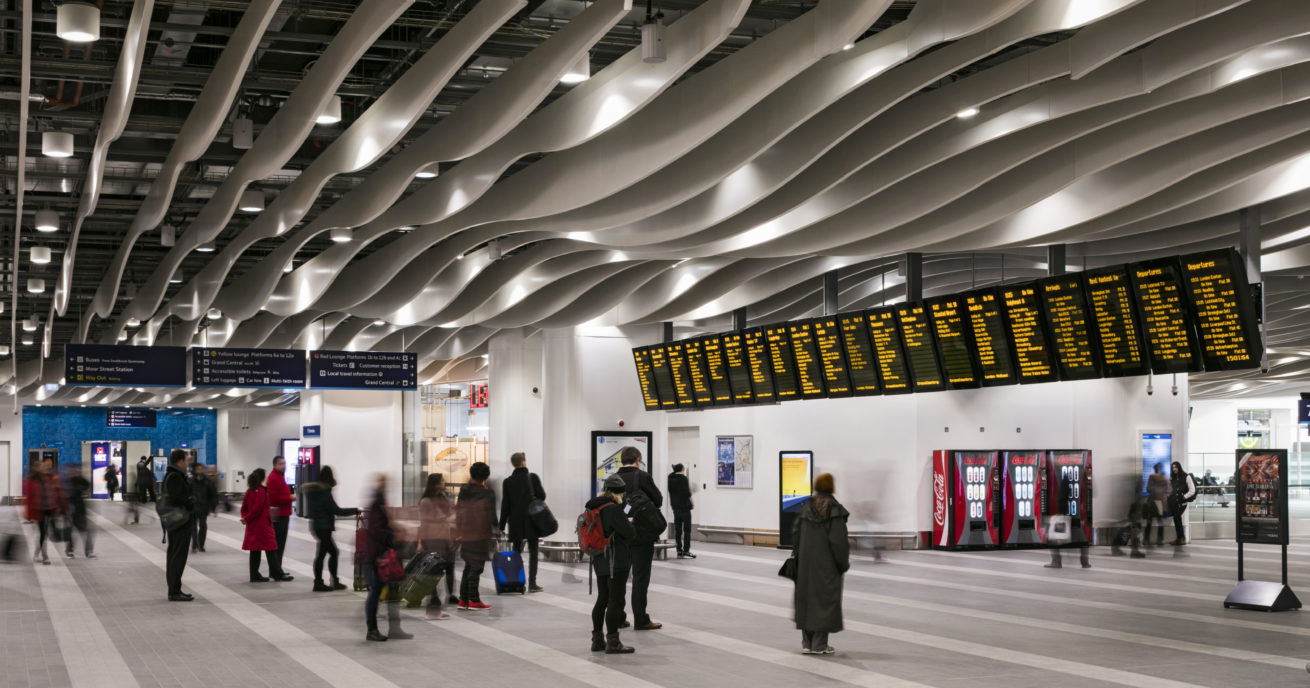Mike O’Connor, route environmental specialist at Network Rail
There has been much on the alarming decline in our bees, butterflies and other insect pollinators, and a welcome response in the form of a new ‘Protection of Pollinators Bill’, which represents a real opportunity to make our countryside and urban environments much more pollinator-friendly.
Network Rail has been working on a range of initiatives across the country aimed at protecting pollinators, which are crucial to a healthy environment – almost 90% of the world’s flowering plants depend on visits made by pollinators. This army is also sustains human populations – the health of pollinators is correlated with our agricultural output.
The decline of insect pollinators threatens our well being and the health of our natural environment. The rate of decline really is a cause for concern – population sizes have nosedived in more than two-thirds of Britain’s pollinators, with 35 species of bee alone facing extinction. Factors driving this disappearance include extensive wildflower grassland destruction since the 1940s, overuse of pesticides, disease and parasites.
The potential of railway estate in pollinator conservation
Railway vegetation can offer much-needed habitat for pollinators, providing food, shelter, and vital corridors to other patches of habitat.
Studies in Europe show railways can offer ecological benefits to beleaguered pollinators:
- Vegetation, especially in the form of wildflowers, that provides sources of pollen and nectar for adult individuals.
- Habitat for pollinators that end a complete lifecycle – food and breeding or nesting opportunities, as well as shelter.
- Habitat that functions as a dispersal corridor, facilitating movement of pollinators through landscapes by linking fragmented habitats, and by providing refugia in otherwise inhospitable areas.

Strategies for pollinators
Network Rail has embarked on a journey to help pollinating insects survive and thrive:
- The Green Transport Corridors Project in Cumbria and South Yorkshire, where locations were identified for pollinator habitat creation and enhancement.
- The Greater West Infrastructure Projects Programme, which has undertaken wildlife planting at key sites along its route.
- The Thameslink Infrastructure Projects Programme also created a new pollinator habitat to buffer and protect the Walthamstow Marshes SSSIs, and during development of the Bermondsey dive under, a new railway junction to the east of London Bridge station.
These are much needed first steps in exploring opportunities to create new pollinator habitats, and the lessons learned are being linked to a Network Rail commitment to secure biodiversity net gain from major railway schemes.
The views expressed in this article are those of the author.




